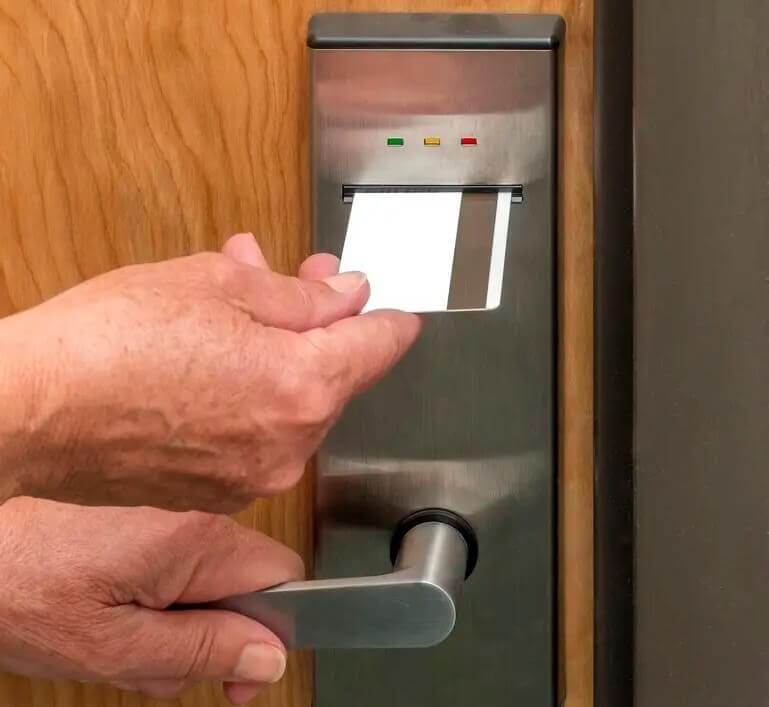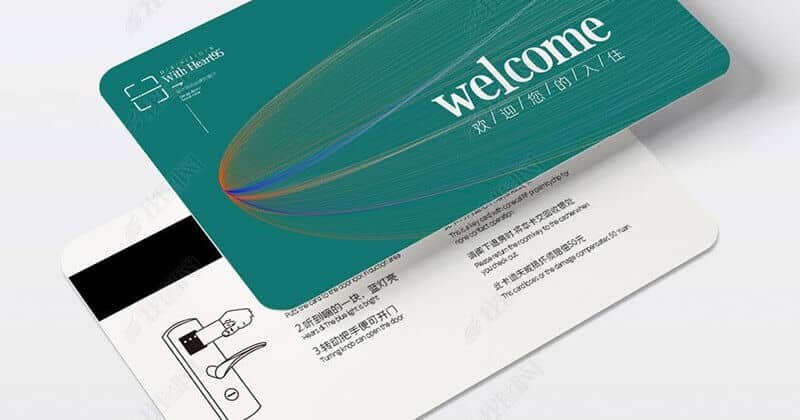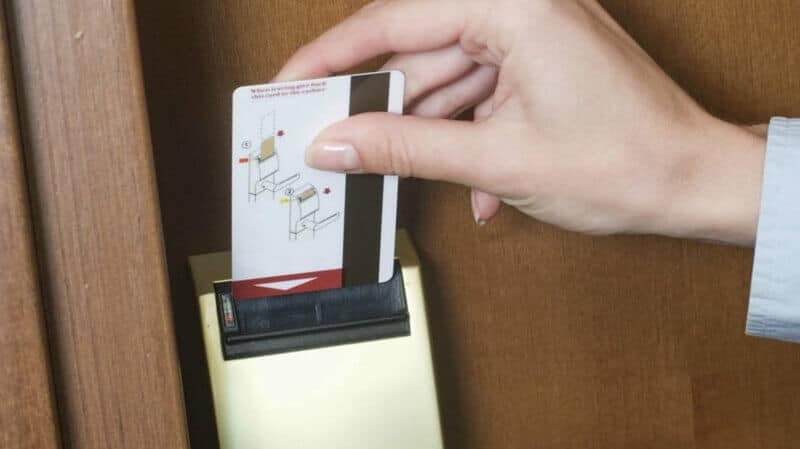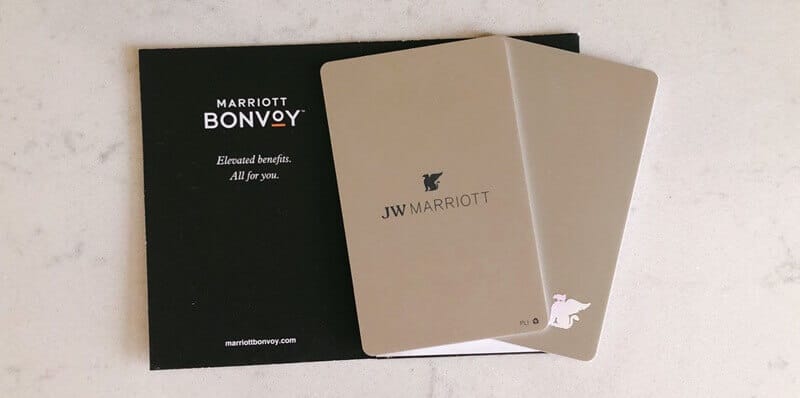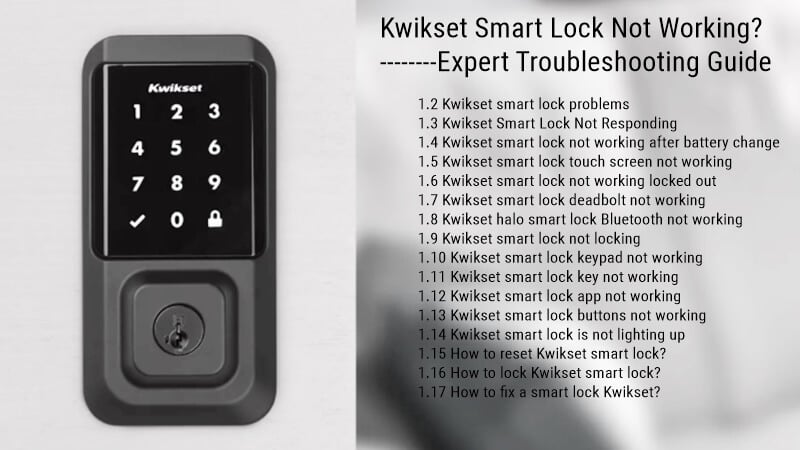How to Remagnetize A Hotel Key Card? A Step-By-Step Guide
Here are some simple ways how to remagnetize a hotel key card and make a key card back to work when the demagnetized key cards stop working.
Magnetic stripe key cards are widespread in old-fashioned magnetic swipe card hotel door lock systems, and many older hotels still use this retro magnetic card to open hotel locks. It’s the key to your room and helps keep you safe.
But what happens when the magnetic key cards stop working? Well, worry no more! You can remagnetize a hotel key card in some easy steps:
- Step 1: Prepare the Card
- Step 2: Insert the Card into the Encoder
- Step 3: Launch the Hotel Key Card Software
- Step 4: Input Room and Guest Information
- Step 5: Encode the Card
- Step 6: Verify the Card
- Step 7: Hand the Card to the Guest
The total estimated time is about 5-6 minutes.
However, if you’re a guest at a hotel and your key card has been demagnetized, it’s best to return to the front desk. They can quickly remagnetize or replace the card for you in just a few minutes.
Handling the card encoder/writer and software requires specific knowledge and permissions, so it’s not something guests would typically do themselves.
Let’s prepare some necessary tools to remagnetize a hotel key card.
Gather the Necessary Equipment to Remagnetize A Hotel Key Card
To remagnetize a hotel key card and make a key card work again, you’ll need the following tools:
- A demagnetized key card: This is one of the essential tools to remagnetize a hotel key card. If your magnetic key card has been demagnetized, it will not be able to be read by the hotel’s computer.
- Magnetic Stripe Card Encoder/Writer: This device is essential for the process. It’s designed to read and write data onto the magnetic stripe of cards. Ensure the key card encoder is compatible with your hotel’s key cards.
- Hotel Key Card Software: This software interfaces with the encoder. It allows you to input the necessary data for the card, such as room number, guest details, and duration of stay. Ensure the hotel key card system software is up-to-date and compatible with your encoder.
- Computer: A computer or terminal must run the hotel key card software. Ensure it has the necessary ports or connections to interface with the encoder.
- Power Source: Ensure the computer and the encoder can access a reliable power source. If you’re using a portable encoder, ensure it’s fully charged.
- Clean, Soft Cloth: Before encoding, it’s a good practice to clean the magnetic stripe on the key card to ensure no dirt or debris might interfere with the process.
- Spare Key Cards: Having spare key cards on hand is always good. If a card is damaged or worn out, it’s easier to replace it than to attempt multiple re-encodings.
Once you’ve gathered the necessary equipment, you can proceed with remagnetization. Always handle the equipment carefully and follow the manufacturer’s instructions for the best results.
Step 1: Prepare the Card
- Inspect the Card: Before attempting to remagnetize, visually inspect the hotel key card for any signs of physical damage. Look for scratches, cracks, or wear on the magnetic stripe. If the stripe appears heavily damaged, consider replacing the card rather than remagnetizing it.
- Clean the Magnetic Stripe: Gently wipe the magnetic stripe on the back of the card using a soft, lint-free cloth. This will remove any dirt, oils, or debris interfering with the encoding process. Avoid using solvents or wet solutions, as these can damage the stripe.
- Ensure the Card is Dry: If the card has come into contact with any liquids, ensure it’s completely dry before attempting to remagnetize. Water or moisture can interfere with the magnetic encoding.
- Check Card Orientation: Familiarize yourself with the correct orientation for inserting the card into the encoder. Typically, the magnetic stripe should face down and toward the encoder, but this can vary based on the machine’s design.
Proper preparation ensures a higher success rate in remagnetizing the card effectively.
Step 2: Insert the Card into the Encoder
- Check Encoder’s Status: Ensure the encoder is powered on and properly connected to the computer or terminal running the hotel key card software before inserting the card.
- Determine Proper Orientation: Familiarize yourself with the correct way to insert the card into the encoder. The magnetic stripe usually faces down and towards the device, but always refer to the encoder’s manual to be certain.
- Ensure Full Insertion: Ensure the card is fully inserted into the encoder so that the entire magnetic stripe can be read and written to. Some encoders might have a light or indicator showing that the card is properly positioned.
- Wait for Confirmation: Some encoders provide auditory or visual signals (like a beep or light) to confirm that the card has been recognized and is ready for encoding. Wait for this confirmation before proceeding.
Once the card is properly inserted and the encoder has recognized it, you can move on to the actual remagnetizing or encoding process.
Step 3: Launch the Hotel Key Card Software
- Start the Computer or Terminal: Ensure that the computer or terminal connected to the encoder is powered on and functioning correctly.
- Open the Software: Locate the hotel key card software on the computer or terminal. This might be a dedicated application installed on the desktop or a program accessible through a specific system used by the hotel.
- Check the Connection: Once the software is open, ensure it recognizes the connected encoder. The software might have an indicator or status message showing the encoder is connected and ready.
- Check for Errors: Before proceeding, look for error messages or notifications within the software. Address any issues before attempting to remagnetize the card.
- Ensure Proper Settings: Some software might have multiple settings or modes (e.g., read, write, or encode). Ensure you’ve selected the appropriate mode for remagnetizing or encoding the key card.
Step 4: Input Room and Guest Information
- Access the Encoding Section: Within the hotel key card software, navigate to the section or tab where you can input or encode information onto the card. This might be labeled as “Encode,” “Write,” “Guest Information,” or something similar.
- Enter Room Details:
- Room Number: Input the specific room number for the guest.
- Duration: Specify the check-in and check-out dates to determine the validity period of the key card.
- Input Guest Information (if required by the software):
- Guest Name: Enter the full name of the guest for identification purposes.
- Guest ID or Reservation Number: Some systems might require an additional identifier, such as a reservation number.
- Additional Settings:
- Access Levels: If the hotel has different areas with restricted access (e.g., a gym, pool, or club lounge), set the appropriate access levels for the guest.
- Multiple Cards: If issuing multiple cards for the same room (e.g., for multiple guests), ensure the software is set to encode multiple cards with the same information.
- Review the Information: Double-check all the details you’ve entered before proceeding to the encoding process. Ensure there are no typos or errors, as this information will determine the functionality of the key card.
- Save or Confirm: Once all the necessary details are inputted, click the appropriate button to save or confirm the information. This might be labeled as “Save,” “Confirm,” “Next,” or something similar, depending on the software.
Always double-check the details to ensure the key card works correctly for the guest.
Step 5: Encode the Card
- Initiate the Encoding Process: Within the hotel key card software, locate and click the button or option to start the encoding process after inputting all the necessary information. This might be labeled as “Encode,” “Write,” “Start,” or a similar term.
- Wait for the Process: The encoding process might take a few seconds. During this time, ensure that the card remains in the encoder and that there are no interruptions.
- Monitor for Feedback: Most software will provide real-time feedback during encoding. Watch for progress bars, status messages, or indicators showing the encoding is in progress.
- Check for Success: Once the encoding process is complete, the software should display a confirmation message indicating that the card has been encoded. This might be a simple “Success” message, a checkmark, or a positive indicator.
- Eject or Remove the Card: Remove the card from the encoder after successfully encoding. If the encoder has an eject button or mechanism, use that to release the card safely.
With the card successfully encoded, it’s now ready for use. Always handle the card carefully and ensure it’s stored to minimize the risk of demagnetization or damage.
Step 6: Verify the Card
- Test on a Door Lock: The most straightforward way to verify the card is to test it on a hotel door lock. Swipe or tap the card as you normally would and ensure the door unlocks successfully.
- Check Access Areas: If the card has been encoded with specific access levels (e.g., gym, pool, VIP lounge), test the card in those areas to ensure it grants the correct access.
- Re-encode if Necessary: If the card doesn’t work as expected, you might need to return to the encoding step and ensure all information was inputted correctly. It’s also possible that the card itself is damaged and needs to be replaced.
By verifying the card’s functionality immediately after encoding, you can ensure guests won’t face access issues during their stay. Guaranteeing a smooth experience for the hotel staff and guests is crucial.
Step 7: Hand the Card to the Guest
- Explain the Situation: If the guest was unaware of the demagnetization, briefly explain what happened and assure them that the issue has been resolved.
- Provide Instructions: Offer a quick reminder on how to use the card, especially if the guest is unfamiliar with the hotel’s door lock system. For instance, mention whether the card needs to be swiped, tapped, or inserted.
- Share Precautions: Inform the guest about common causes of demagnetization, such as keeping the card near cell phones, magnets, or other electronic devices. Suggest ways to store the card safely, like using the provided sleeve or keeping it in a separate pocket.
How to avoid key cards being demagnetized?
As you can see, a lot can go wrong with a key card. Here are some tips for making sure none of this happens to you:
- Keep your key card in a plastic bag when not in use.
- Do not bend or fold the key card.
- Please do not drop your key card on hard surfaces as this may damage it and make it harder for the reader to read from it (this also decreases any electronic device).
- Please avoid using your magnetic stripe hotel room access cards near mobile phones or other devices that contain magnets, as they could demagnetize them without you even knowing it!
- keep all cards in their original packaging;
- please do not leave them out in direct sunlight because heat affects their ability to work correctly.
- Try not to keep everything together when traveling so that nothing gets lost; if possible, try storing things separately so they’re easier to find later if needed (like car keys/bags, etc.)
- Upgrade hotel lock with RFID hotel locks or a mobile Bluetooth TThotel door lock system.
Conclusion
After you learn how to remagnetize a hotel key card, it’s easy to keep your card working. You’ll want to take care of your key as a credit card. If you don’t, the next time you try to use it with a worn-out magnetic strip and no replacement available, you may be stuck waiting in line at the front desk while they print another copy for you.

